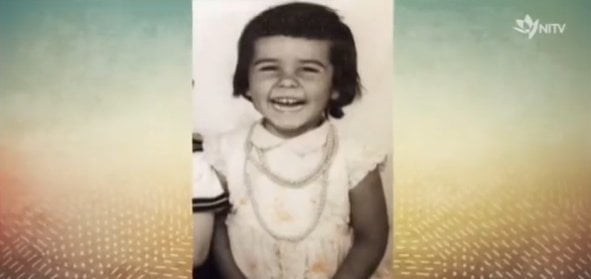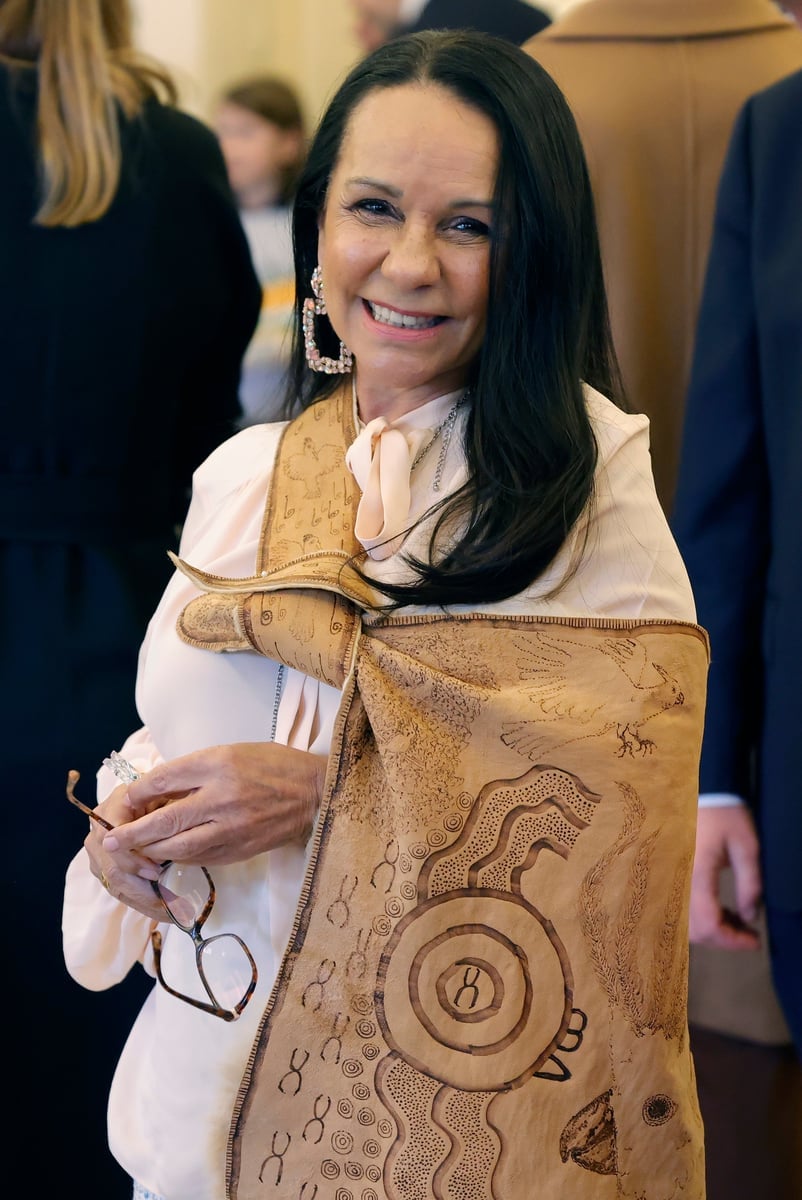
Warning: This post deals with domestic violence and may be triggering for some readers.
Five years ago, Linda Burney returned home to Sydney to be with her son "one last time".
The 33-year-old had been found dead in the family's home, following a struggle with mental health and addiction.
"[Binni] is a caring and loving man... He tried so hard to conquer his demons as I and my family have tried so hard to support him in every way we could," Linda said in a statement at the time.
The mother-of-two, who had also lost her partner years earlier, found herself going through a "dire, grief-stricken time".
"I don't know what life will be like without him," she said.
A month after Binni's death, Linda was back in parliament; a place where she'd made history a year earlier as the first Indigenous woman elected to the House of Representatives.
WATCH: Linda's maiden speech to parliament.
"Our lives have not been without very difficult challenges," the mother-of-two told Women's Weekly. "It hasn't been easy, but we've hung in."


